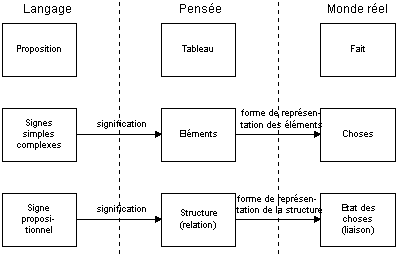Adkilno - The media archive
On writing in the Media
That introduction in itself was pretty interesting, as we have never been surrounded by so much written content and still need to discuss about it. With the networked media, we crawl under quantity of images, videos, blog articles and hyperlinks to those cool websites with great have-to-be-read articles we will never find more than two minutes of attention span to allocate to, because we keep in mind the ever growing list of others queuing just behind. Like the photography pushed artists to reconsider painting with a great care, the networked might highlight the importance of literary labour. Having structured publications on media, helps us ordering our mental space. A piece of writing is a linear continuum from the first to the last word.
The technology that language is has the major advantage that it cannot simulate reality, as it doesn't literally record it in the form of its event. A piece of writing in a language I cannot understand is the most abstract thing I could ever set my eyes on. The perceptive shape of it won't inform me about the nature of its content. Language enables associations between signs and concepts are sometimes more or less defined. If the word "tulip" call a quite precise "plant" to my mind, a "flower" can refer to many objects we have agreed to associate and recognize under the appellation. While audio visual mediums enlarge our sensory space, the written media teaches us how to think from a certain distance. A certain mastery of it enables us to grasp concepts more easily. Therefore we can understand reality better by transposing it into a medium that doesn't reproduce the illusion of it.
"And, finally, language and speech made it possible for man to accumulate experience and knowledge in a form that made easy transmission and maximum use possible."
Leslie A. White, The science of culture

Topical media
This paragraph made me think about the life span of the media before it could potentially become a testimony from the past. The thing that stroke me is that mediated objects can't really be present in the reality where it is transmitted. At the two sides of the channel stand two different realities. What happens inside the channel is a transfer and as there is a movement from a point to another, it will always imply a delay. However reduced it has become (enabling videoconference for instance), that velocity doesn't make it part of another reality, located in another time. The pace has increased so much that we don't perceive that delay anymore, as we would do with a postcard. Due to our very own human pace we have become very satisfied with the illusion of instantaneity; happily forgetting that time is profoundly rooted into space.
I like Baudrillard's talk about the "Disparition du monde réel", stating that reality vanishes when turned into an image of it. Smells, weights, sometimes sound, temperature and other contextual information are amputated. The image of the object or event relates of its absence or death. Therefore when I see an image for instance, I see the partial documentation of something that's passed.
"Real time means less than three seconds, so that anything giving news within five goes under the umbrella of historical information." - Reuter
To my opinion, there is only the illusion of real time if something is mediated.
Baudrillard - La disparition du Réel
https://www.youtube.com/watch?v=kiHpGAjA33E
About containers, formats and maintenance (cross topics)
History implies archiving, because without preservation of the relevant information history cannot be related. Therefore this highlights the importance of conservation, of maintenance into time.
Knowing what's past enables us to locate ourselves on the timeline.
Through the ages we have managed to train experts in the conservation of painting, photography, and other old and fairly stable mediums. At the present time, it seems like the run against the obsolescence of a medium has highly accelerated. We can still access information contained by some papyri dated from more than 1000 BC. But it seems like more recent types of media fall into decay at the same pace as the one at which it used to generate quantities of data.
I don't know when we started to actively speak about obsolescence, but I doubt that this notion was very present in the times of the papyri.
Agatha appears, a net.art work by Olia Liliana had to be restored in 2008, which means only 11 years after its creation.
http://www.c3.hu/collection/agatha/
I saw the word CD quite a few times through my reading, and it made me think about those new I-macs without a disk Reader. Conserving the data in itself isn't just enough.
McLuhan taught us that it's not just the content that matters but the format and therefore the containers that enable their mediation. A certain technology tells a lot about the society in which it appeared at the time of its apparition and the ideologies of the era.
Ironically, while the medium itself tends towards less tangibility in its format, it does still require a container, which consists of a commercialized object. Miranda July's "Somebody" application is only available on the iTune Store. Only people consuming Apple products can see the artist's application, which makes it kind of an Art for a public with a determined consuming habit.

This relates to consumerism, the multitude of new objects making the not-so-old objects become obsolete creates the necessity of having experts trained in dealing with an exponential amount of information containers.
Miranda July
http://www.somebodyapp.com/

